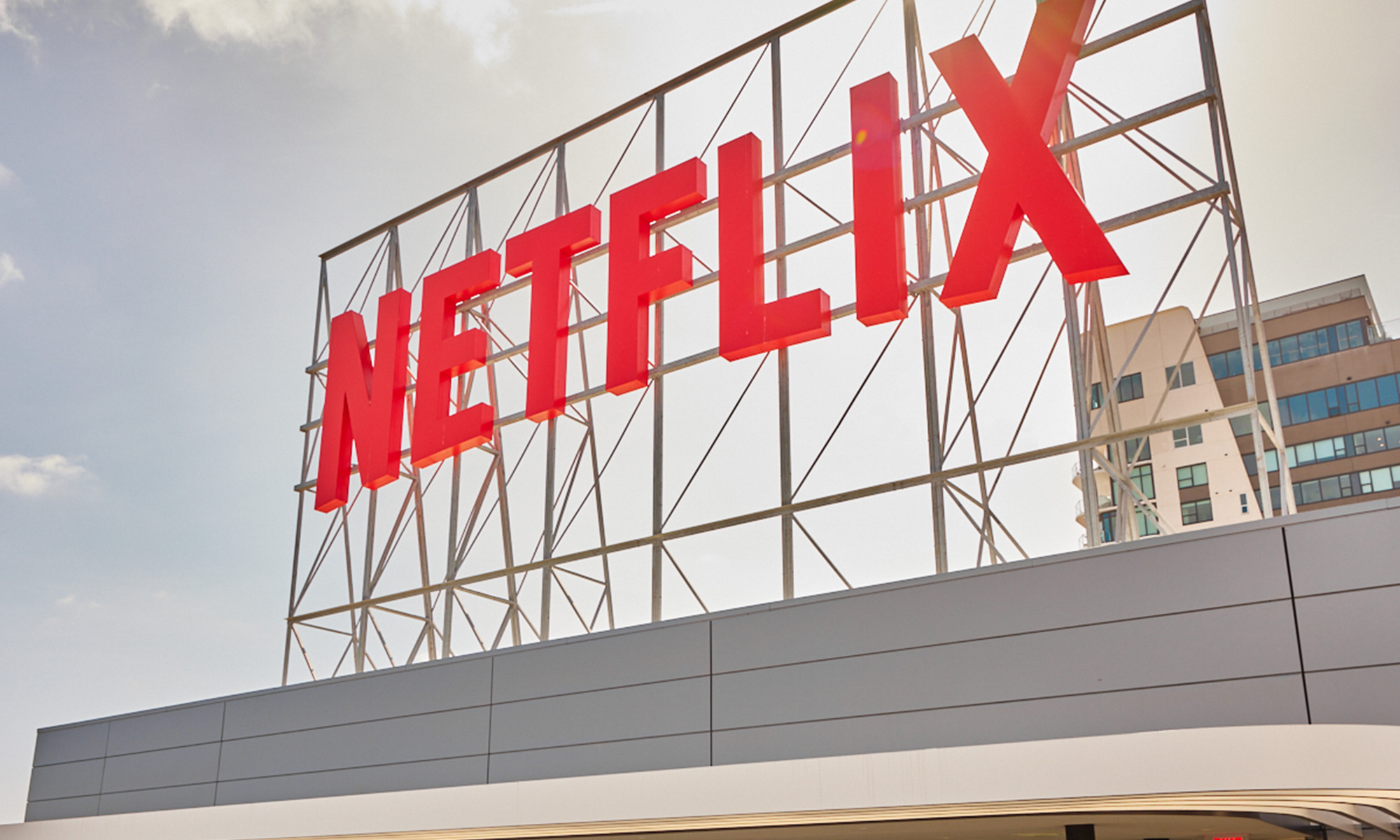Shares of Netflix (NFLX +0.27%) are down more than 37% following the release of its first-quarter subscriber numbers. Management blamed the loss of 200,000 paid subscribers on several factors, including the winding down of Russian paid memberships and competition.
It's going to be a challenging year for the leading streaming service, but bad news gives investors the opportunity to scoop up great companies at a discount. Management believes they can reaccelerate growth, and they have a good hand to deal with, given Netflix's market-leading viewership.
If management's efforts are successful, the stock could be the buying opportunity of a lifetime right now. And there's one important trend that says Netflix's growth story isn't over.

Image source: Getty Images.
Netflix has a great record of monetizing its users
One of the key factors that management blamed for the slowing growth was an estimated 100 million-plus households that share their accounts. That's nearly half of the company's global paid membership base. Netflix has previously turned a blind eye to account sharing, because it helps expand brand awareness and gets more people watching content. This was an acceptable strategy when the company was smaller and trying to make its mark in the entertainment industry, but account sharing is now a major obstacle to growth that management must fix.
With so many sharing their accounts, Netflix sees this as both a short-term and longer-term opportunity to generate more revenue. In March, it introduced new paid sharing features in select countries that allow current members to add accounts for people living outside their household.
On one hand, this could be a risky strategy in an increasingly competitive streaming market. Forcing more people to pay could put more pressure on subscriber additions in the near term. However, Netflix has successfully been able to raise prices on its memberships for many years without hurting its ability to attract and retain viewers.
One trend to watch is Netflix's long history of growing revenue faster than the number of paid subscribers. From 2016 through 2021, revenue grew at nearly twice the rate of subscriber growth. Revenue increased 236% compared to a 149% cumulative increase in paid subscribers. This was driven by consistent increases in average revenue per member due to price increases and users upgrading to more expensive subscription plans.

Data source: Chart by author. Growth rates calculated from Netflix's quarterly reports.
Netflix knows it has to offer more value in order to justify higher prices, so management plans to double down on content development and bring more features to its user interface. It seems management was already prepared for this. Remember, Netflix announced the expansion into mobile games last year and also acquired the Roald Dahl Story Company to further bolster its content library for kids.
"Our goal is to sustain double-digit revenue growth, increase operating income even faster (as we expand margins), and generate growing positive free cash flow," the company said in the first-quarter shareholder letter.
Management also made the point that while Netflix has become a large business with over 200 million paying subscribers, more than half of the world's broadband homes are not Netflix members.
In fact, the Motion Picture Association reported the streaming market grew 14% to reach 1.3 billion subscribers globally in 2021. That means Netflix lost market share last year, since it reported less than 14% year-over-year subscriber growth in each quarter during 2021. But it also means there's an opportunity for the leading service to expand and reaccelerate growth.

NASDAQ: NFLX
Key Data Points
Should you buy Netflix now?
With a lack of near-term visibility for growth, the stock isn't likely going anywhere in 2022. But the intrinsic value of a company is based on the present value of all the future profits it generates. At a price-to-earnings ratio of 19.7, there could be a wide margin opening up between the long-term value of the business and the share price. But this depends on whether you believe management will be successful in continuing to grow the business over the long term.
Founder and co-CEO Reed Hastings has brilliantly led Netflix from a humble DVD-by-mail rental service to one of the largest producers of original content in entertainment. It's a remarkable story by a great visionary. When Hastings says the company can reaccelerate its growth, investors should listen.





